

Articles
How To Store Roasted Almonds
Modified: January 6, 2024
Learn the best way to store roasted almonds in this informative article. Keep your almonds fresh and crunchy for longer with these helpful tips and tricks.
(Many of the links in this article redirect to a specific reviewed product. Your purchase of these products through affiliate links helps to generate commission for Storables.com, at no extra cost. Learn more)
Introduction
Welcome to the world of roasted almonds! These crunchy, flavorful delights are not only a popular snack but also a versatile ingredient in many dishes. Roasted almonds are packed with nutrients, including healthy fats, protein, fiber, and antioxidants, making them a wholesome and nutritious choice for any time of the day.
Once you have roasted your almonds to perfection, it’s essential to store them properly to maintain their freshness and crunchiness. In this article, we will guide you through the best practices for storing roasted almonds, ensuring that they retain their taste and texture for as long as possible.
When it comes to storing roasted almonds, there are a few key factors to consider – the container, storing location, sealing techniques, humidity levels, and even the option of refrigeration or freezing. By following these guidelines and implementing a few simple strategies, you can prolong the shelf life of your roasted almonds and enjoy their deliciousness for weeks or even months to come.
So, let’s dive into the details and learn how to store roasted almonds effectively!
Key Takeaways:
- Properly storing roasted almonds is crucial for maintaining their freshness and crunchiness. Choosing the right container, managing humidity levels, and refrigerating or freezing can help extend their shelf life.
- Regularly checking for signs of spoilage and properly labeling and dating stored almonds are essential practices for ensuring their quality and safety. Following these guidelines can help you enjoy delicious and nutritious roasted almonds for an extended period.
Read more: How To Roast Almonds On Stove Top
Choosing the Right Container
When it comes to storing roasted almonds, selecting the right container is crucial. The container you choose should provide a protective barrier against moisture, light, and air, which can all lead to the deterioration of the almonds’ quality.
One of the best options for storing roasted almonds is an airtight container. This can be a glass jar with a tight-fitting lid or a plastic container with a secure seal. Both options work well in preventing air from entering the container and causing the almonds to become stale. Make sure the container is clean and dry before transferring the roasted almonds into it.
It’s important to avoid containers made of porous materials like paper bags or cardboard boxes. These materials can absorb moisture from the air, which can lead to the almonds becoming soft and losing their crispiness.
Another consideration when choosing a container is size. Opt for a container that provides enough space for the roasted almonds without leaving excessive air gaps. Too much air in the container can decrease the shelf life of the almonds and increase the risk of them becoming rancid.
If you’re storing a large batch of roasted almonds, consider dividing them into smaller portions and storing them in separate containers. This way, you can access one portion at a time without exposing the rest to air and potential spoilage.
Lastly, transparency can also be a factor in container selection. While opaque containers can block out light and protect the almonds from potential light damage, some people prefer transparent containers as they allow for easy visibility of the contents.
Overall, when choosing a container for storing roasted almonds, prioritize an airtight and non-porous option that can protect the almonds from air, moisture, and light, while also accommodating the desired quantity of almonds.
Selecting a Suitable Storing Location
Once you have chosen the right container for your roasted almonds, the next consideration is finding a suitable location for storing them. The ideal storing location should be cool, dry, and free from excessive humidity, heat, and direct sunlight.
Avoid storing your container of roasted almonds in areas of the kitchen that are exposed to heat or temperature fluctuations, such as near the stove or oven. Heat can accelerate the process of oxidation, causing the almonds to become rancid faster.
Similarly, direct sunlight can degrade the quality of the almonds. Ultraviolet (UV) rays can break down the oils in the almonds, leading to a loss of flavor and nutritional value. Therefore, find a spot away from windows or any other sources of prolonged sunlight exposure.
Humidity is another factor to consider when selecting a storing location. Excessive humidity can cause the roasted almonds to absorb moisture from the air, resulting in a loss of crunchiness and potential spoilage. Avoid storing them in areas with high humidity, such as the bathroom or near a dishwasher.
An ideal location for storing roasted almonds is a pantry or cupboard, as long as it meets the criteria of being cool, dry, and away from excessive heat and light. If you don’t have a suitable pantry, you can also consider using a low cupboard or even a drawer in the kitchen.
If you live in a particularly humid climate or during the summer months, you may want to consider using a dehumidifier in the storing area. This can help maintain the desired humidity level and extend the shelf life of your roasted almonds.
Remember to monitor the temperature and humidity levels in the storing location periodically. If you notice any changes, such as increased humidity or temperature, consider relocating the container of roasted almonds to a more suitable environment.
By choosing a suitable storing location, you can help preserve the quality, taste, and crunchiness of your roasted almonds for a longer period, ensuring that they remain a delightful snack or ingredient in your culinary creations.
Sealing Techniques for Optimal Freshness
Properly sealing your container of roasted almonds is essential for maintaining optimal freshness. By creating an airtight seal, you can prevent air from entering and moisture from escaping, preserving the quality and flavor of the almonds.
Here are a few sealing techniques you can use to ensure the freshness of your roasted almonds:
- Tight-fitting lid: If you are using a glass jar or a container with a lid, make sure it has a tight seal. Check that the lid closes securely and forms a strong barrier against air entry. If the lid is loose or damaged, consider transferring the roasted almonds to a different container with a more reliable seal.
- Plastic wrap: For containers without a secure lid, you can use plastic wrap to create a tight seal. Place a layer of plastic wrap directly on the surface of the roasted almonds, pressing it gently to remove any air bubbles. Then, secure the wrap tightly over the opening of the container using a rubber band or a piece of string. This will help prevent air and moisture from reaching the almonds.
- Vacuum sealing: For those who want to take sealing to the next level, vacuum sealing can be an effective option. Using a vacuum sealer, remove the air from the container and create a vacuum seal. This method removes almost all air and helps to prevent any potential oxygen exposure, thus extending the shelf life of the roasted almonds significantly.
- Zip-top bags: Zip-top bags can be a convenient option for storing roasted almonds. Ensure you select good quality bags that are thick and durable. Squeeze out as much air as possible before sealing the bag, and consider using a straw to suck out any excess air. Be sure to seal the bag tightly to minimize air exposure.
Remember to always perform a quick check to ensure the seal is intact every time you access the container. If you notice any signs of a compromised seal or air leakage, address the issue promptly to maintain the freshness and quality of the roasted almonds.
By employing these sealing techniques, you can extend the shelf life of your roasted almonds and enjoy their deliciousness for an extended period.
Monitoring and Managing Humidity Levels
Humidity plays a significant role in the freshness and shelf life of roasted almonds. Excessive humidity can cause the almonds to absorb moisture from the air, leading to a loss of their crispiness and potentially resulting in spoilage. Therefore, it’s essential to monitor and manage the humidity levels in the storing area.
Here are some tips to help you maintain optimal humidity levels for your roasted almonds:
- Use a hygrometer: A hygrometer is a device that measures humidity levels. Place a hygrometer in the area where you store your roasted almonds to monitor the humidity. The ideal humidity range for storing almonds is between 30% and 40%. If the humidity exceeds this range, consider implementing additional measures to regulate it.
- Dehumidifier: If you live in a humid climate or during the summer months when humidity tends to be higher, using a dehumidifier in the storing area can help regulate humidity levels. A dehumidifier helps remove excess moisture from the air, creating a drier environment that is more suitable for storing roasted almonds.
- Silica gel packets: Silica gel packets are small packets filled with silica gel, which acts as a desiccant. These packets are commonly found in various products, such as electronics or shoeboxes, and can be reused for storing almonds. Place a few silica gel packets in the container with roasted almonds to help absorb any excess moisture and maintain a drier environment.
- Desiccant container: Another option is to use a specialized desiccant container designed to absorb moisture. These containers usually have a compartment for storing the desiccant material, such as silica gel or activated charcoal, and a separate compartment for the almonds. This setup helps to regulate humidity and keep the roasted almonds dry and fresh.
It’s important to regularly monitor the humidity levels and check the effectiveness of the measures you have implemented. If you notice the humidity is consistently high, consider adjusting the storing location or implementing additional humidity control solutions to maintain the quality of your roasted almonds.
By effectively managing humidity, you can prolong the shelf life of your roasted almonds and ensure their crispness and flavor are preserved for longer periods.
Store roasted almonds in an airtight container in a cool, dark place to maintain their freshness and prevent them from becoming rancid. Avoid storing them in warm or humid environments.
Read more: How To Store Almonds
Refrigerating or Freezing Roasted Almonds
While room temperature storage is generally sufficient for roasted almonds, there may be instances where you want to extend their shelf life even further. Refrigerating or freezing roasted almonds can be an effective option to help preserve their freshness and taste for an extended period.
Here are some guidelines to follow when refrigerating or freezing roasted almonds:
Refrigerating:
- Before refrigerating, ensure the roasted almonds are completely cooled down to room temperature. This helps prevent the formation of condensation inside the container, which can lead to moisture absorption and potential spoilage.
- Transfer the roasted almonds to an airtight container or resealable bag and place them in the refrigerator. Make sure the container is tightly sealed to prevent any odor or moisture from entering.
- Roasted almonds can be stored in the refrigerator for up to 6 months. However, keep in mind that refrigeration may cause some loss of crunchiness.
- Prior to consuming, allow the refrigerated almonds to come to room temperature for a few minutes to regain some of their original texture and flavor.
Freezing:
- Similar to refrigeration, ensure the roasted almonds are completely cooled before freezing.
- Transfer the almonds to an airtight container or freezer-safe bag, removing as much air as possible before sealing.
- Label the container with the date of freezing to keep track of their freshness.
- To further protect the almonds from freezer burn, consider placing the container or bag inside a second layer of protection, such as a freezer-safe plastic wrap or a zip-top bag.
- Frozen roasted almonds can be stored for up to a year. However, for the best quality and taste, it is recommended to consume them within 6 months.
- Prior to consuming, allow the frozen almonds to thaw in the refrigerator overnight or at room temperature for a few hours. This will help them regain some of their texture and flavor.
Refrigerating or freezing roasted almonds can be particularly useful if you have a large batch and want to ensure they stay fresh for an extended period. However, keep in mind that refrigeration and freezing may slightly alter the texture of the almonds, so it’s always best to consume them soon after thawing or refrigeration for optimal taste and enjoyment.
Remember to store the roasted almonds away from any strong-smelling foods in the refrigerator or freezer to avoid any potential flavor transfer. Enjoy the convenience of refrigerated or frozen roasted almonds whenever you need a quick and nutritious snack!
Properly Labeling and Dating Stored Almonds
When it comes to storing roasted almonds, proper labeling and dating are essential practices to ensure you can easily track their freshness and consumption timeline. By implementing these labeling techniques, you can confidently enjoy your stored almonds while still maintaining their quality and taste.
Here are some guidelines for properly labeling and dating your stored almonds:
- Label the container: Use a permanent marker or adhesive labels to clearly mark the container holding the roasted almonds. This will help you identify the contents at a glance.
- Date of storage: Write the date you stored the almonds on the label or container. This will provide a reference point to track their freshness and determine their shelf life.
- Expiry date: If you regularly consume roasted almonds within a specific timeframe, consider estimating the expiry date and note it on the label. This will serve as a reminder to consume them before they potentially start to lose their quality.
- Quantity: Note the amount or weight of the roasted almonds stored in the container. This will help you keep track of how much you have left and plan accordingly.
- Storage instructions: If you have specific instructions or additional notes related to the storage of the roasted almonds, such as “Keep in a cool, dry place” or “Do not freeze,” include them on the label as a helpful reminder.
- Rotate stock: If you frequently store roasted almonds, consider implementing a rotation system. This involves placing newly roasted almonds behind the older ones, ensuring you consume the oldest batch first and preventing any almonds from sitting for too long in storage.
Proper labeling and dating not only help you stay organized but also give you the confidence to know when it’s time to enjoy your roasted almonds or consider using them in culinary creations. It allows you to make informed choices and ensures you always have access to fresh and flavorful almonds.
Remember to store the labeled containers in a location where they are visible and easily accessible. This will help you keep track of their freshness and consume them within a reasonable timeframe.
By implementing these labeling and dating practices, you can optimize the storage and consumption of your roasted almonds, making the most out of their taste and nutrition.
Checking for Signs of Spoilage
Even with proper storage, it’s important to periodically check your stored roasted almonds for signs of spoilage. By being vigilant and knowing what to look for, you can ensure that you’re consuming almonds that are still fresh and safe to eat.
Here are some signs to watch out for that may indicate spoilage:
- Off smell: Give the roasted almonds a sniff. If you detect any rancid or off-putting odors, it’s a clear indication that the almonds have gone bad. Discard them immediately.
- Change in color: Roasted almonds should retain their natural beige or brown color. If you notice discoloration, such as dark spots or a moldy appearance, it’s a sign of spoilage. In this case, it’s best to err on the side of caution and throw them away.
- Change in texture: Roasted almonds should have a crisp and crunchy texture. If they become soft, chewy, or have a rubbery consistency, it’s a sign that they may have absorbed moisture or started to go stale. These almonds are not at their prime freshness and may not taste as enjoyable as before.
- Bitter taste: When you bite into a roasted almond, it should have a pleasant nutty flavor. If you notice a bitter or unpleasant taste, it’s an indication that the almonds have turned rancid. Avoid consuming them to prevent any potential digestive discomfort.
- Pest infestation: Inspect the container and the almonds themselves for any signs of pests, such as insects or larvae. If you notice any pests, discard the entire batch of roasted almonds to avoid consuming contaminated nuts.
If you come across any of these signs of spoilage, it’s important not to consume the affected almonds. Consuming spoiled nuts can lead to digestive issues and potentially harm your health. It’s better to be safe than sorry when it comes to the freshness of your roasted almonds.
Regularly checking for these signs of spoilage will help ensure that you’re enjoying roasted almonds that are at their best quality and taste. It’s also a good idea to periodically review your storage practices and make any necessary adjustments to maintain the freshness and integrity of your almonds.
By staying vigilant and practicing proper storage, you can enjoy the delightful taste and nutritional benefits of roasted almonds without any concerns about spoilage.
Tips for Extending the Shelf Life of Roasted Almonds
To maximize the shelf life of your roasted almonds and ensure that they remain fresh and delicious, here are some tips to follow:
- Store in a cool, dark place: Keep your roasted almonds away from heat and direct sunlight. The cooler the storage location, the longer they will stay fresh. Consider using a pantry or a cupboard away from the kitchen stove or other heat sources.
- Airtight containers: Transfer the roasted almonds to airtight containers, such as glass jars or plastic containers with tight-fitting lids. This helps prevent moisture, air, and odors from entering and causing spoilage.
- Avoid moisture exposure: Moisture is one of the biggest enemies of roasted almonds. Make sure the almonds are completely cooled down before storage to prevent condensation inside the container. Avoid storing them in humid areas of your kitchen and keep them away from moisture sources like the sink or dishwasher.
- Do not mix with other strong-smelling foods: Roasted almonds can absorb odors from their surroundings. Keep them away from strong-smelling foods like spices, onions, or garlic, as this can affect their taste and aroma.
- Avoid frequent exposure: Try to minimize opening the container frequently, as each time you open it, you expose the almonds to air and potentially moisture. If possible, opt for portioning the almonds into individual servings to minimize unnecessary exposure.
- Properly seal after each use: Ensure that the container is tightly sealed after each use to maintain maximum freshness. Check the lid or closure to make sure it is secure and air-tight.
- Consider vacuum sealing: If you have a vacuum sealer, you can vacuum seal your roasted almonds to remove all air, providing them with an even longer shelf life.
- Rotate stock: If you frequently store roasted almonds or buy them in bulk, practice a first-in, first-out approach. Consume the older batches before opening the newer ones to ensure you enjoy them while they are still fresh.
- Refrigerate or freeze if desired: If you want to extend the shelf life further, consider refrigerating or freezing roasted almonds. Follow the proper storage guidelines mentioned earlier in this article to ensure the best results.
- Keep an eye on the expiration date: If you purchased roasted almonds with a specific expiration date, be mindful of it and consume them before that date for the best quality.
By following these tips, you can extend the shelf life of your roasted almonds, allowing you to savor their delightful taste and enjoy their nutritional benefits for an extended period.
Remember, while proper storage practices can help maintain the freshness of roasted almonds, it’s always important to use your judgment and inspect the almonds for any signs of spoilage before consumption.
Enjoy the deliciousness of your roasted almonds while they remain at their peak freshness!
Read more: How To Store Almond Flour
Conclusion
Storing roasted almonds properly is vital to maintaining their freshness, taste, and nutritional value. By implementing the techniques outlined in this article, you can ensure that your roasted almonds remain crunchy and flavorful for as long as possible.
Choosing the right container, selecting a suitable storing location, and using sealing techniques such as airtight containers or vacuum sealing are essential steps in preserving the quality of the almonds. Monitoring and managing humidity levels in the storing area contribute to their longevity.
Refrigeration or freezing can further extend the shelf life of roasted almonds, allowing you to enjoy their goodness for months. Make sure to properly label and date the stored almonds to keep track of their freshness and consumption timeline.
Regularly check for signs of spoilage, such as changes in smell, color, texture, or taste, as well as any pest infestation. If you identify any of these signs, immediately discard the affected almonds to avoid consuming spoiled nuts.
By following these guidelines and tips, you can optimize the storage and freshness of your roasted almonds, ensuring that every bite is enjoyable and packed with nutrients.
Remember, maintaining the proper storage conditions for roasted almonds is not only about preserving their taste and texture but also about safety and food hygiene. Always trust your senses and use your judgment when consuming any stored food item.
Now that you have learned how to store roasted almonds effectively, it’s time to put this knowledge into practice and enjoy these delectable treats whenever you desire. So go ahead, stock up on roasted almonds, and savor their crunchiness and flavor for weeks to come!
Frequently Asked Questions about How To Store Roasted Almonds
Was this page helpful?
At Storables.com, we guarantee accurate and reliable information. Our content, validated by Expert Board Contributors, is crafted following stringent Editorial Policies. We're committed to providing you with well-researched, expert-backed insights for all your informational needs.
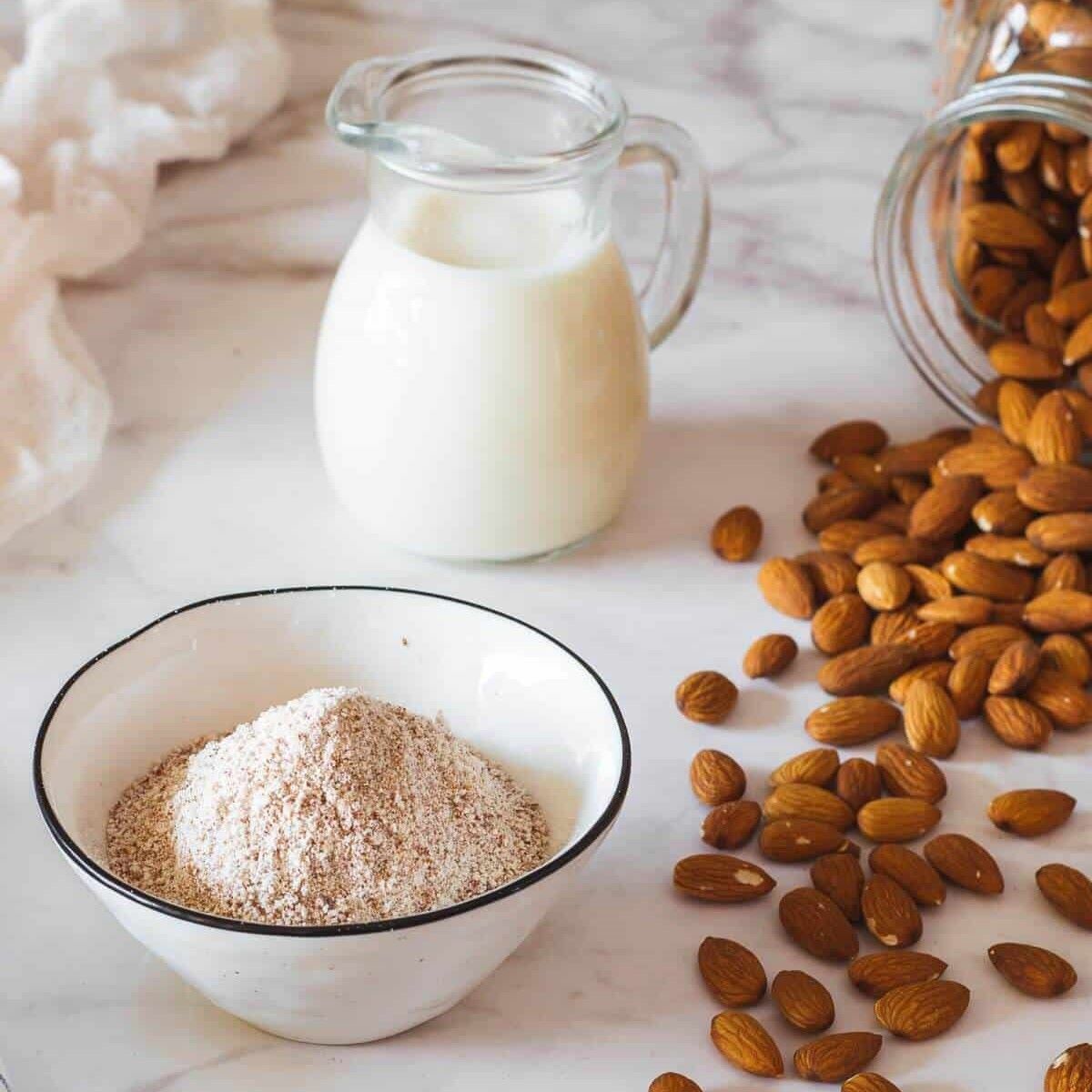
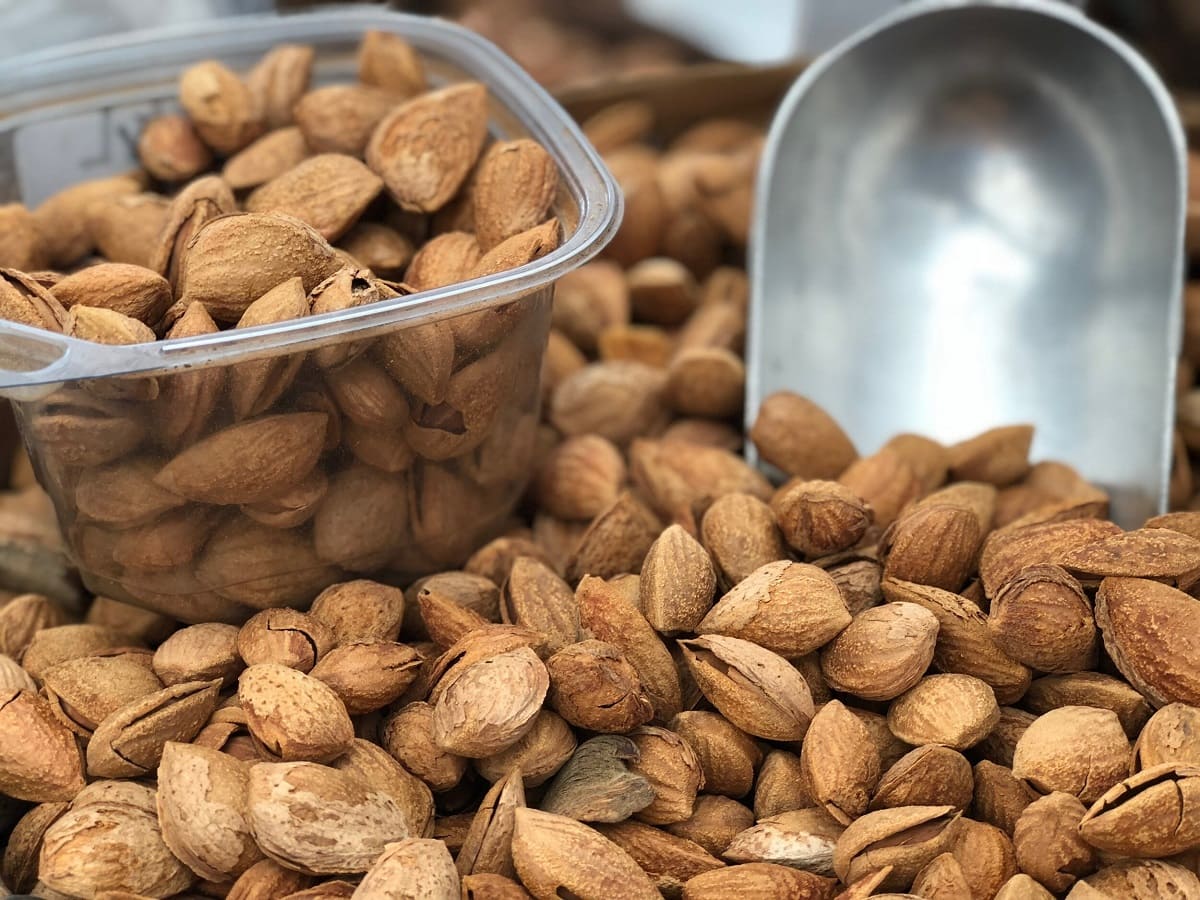
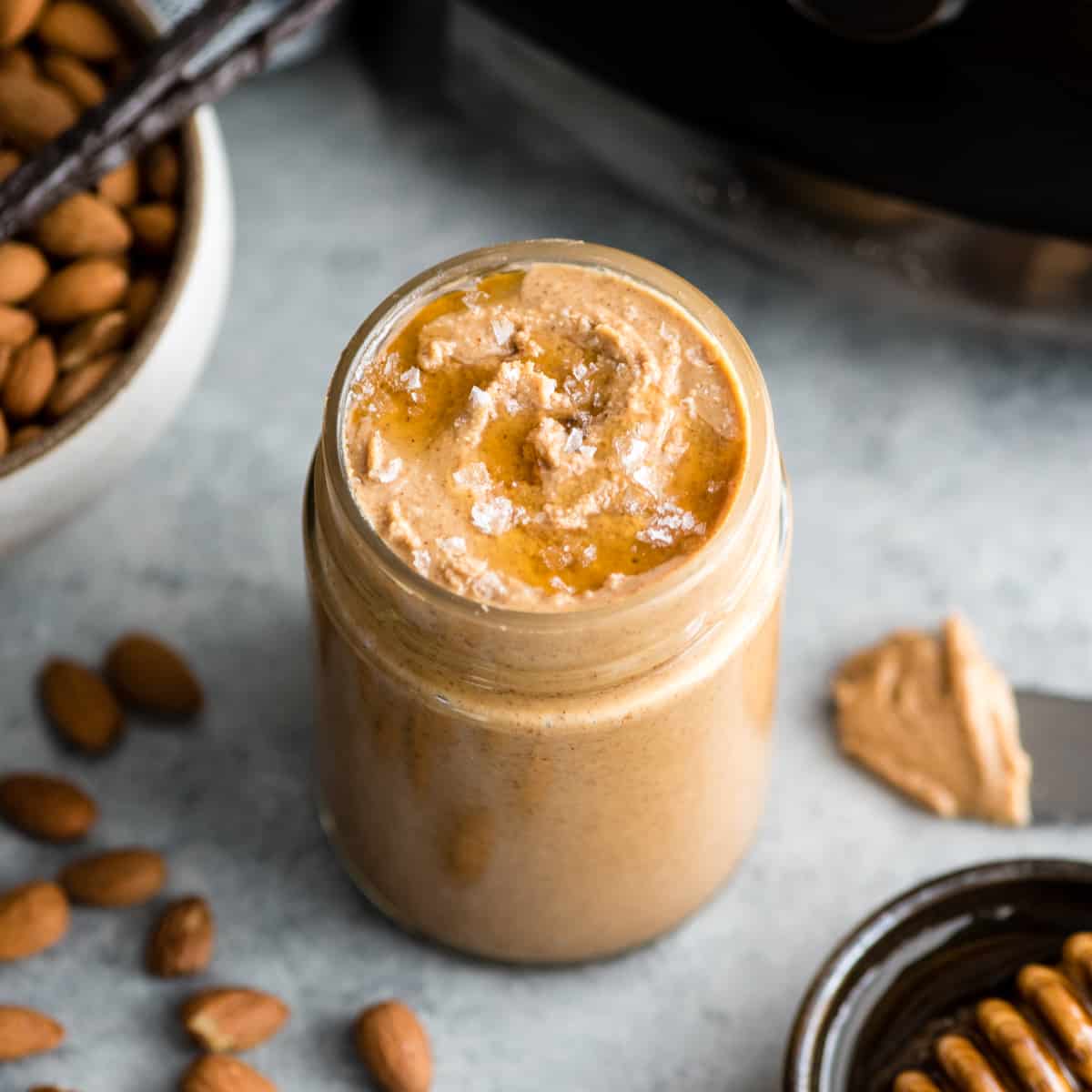
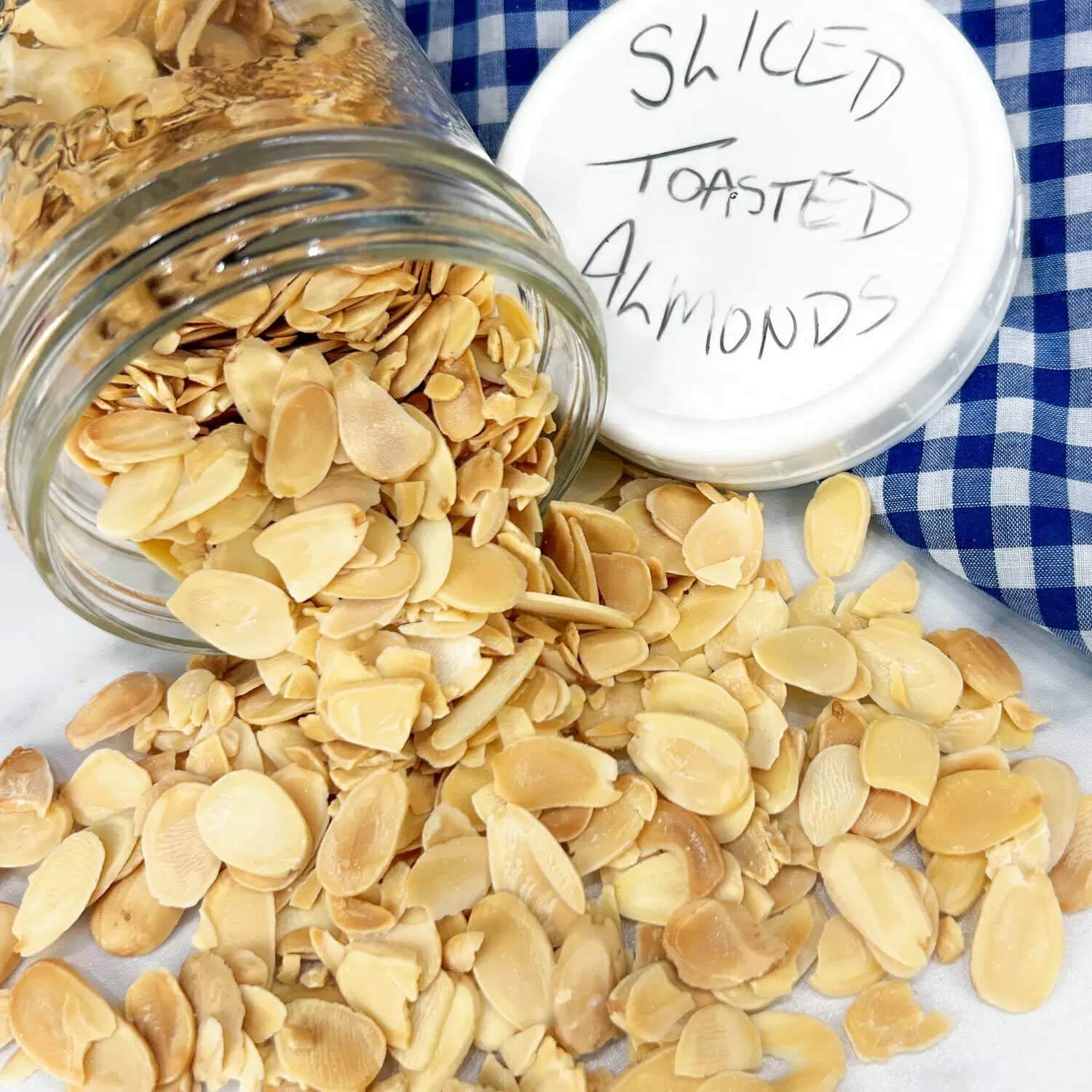

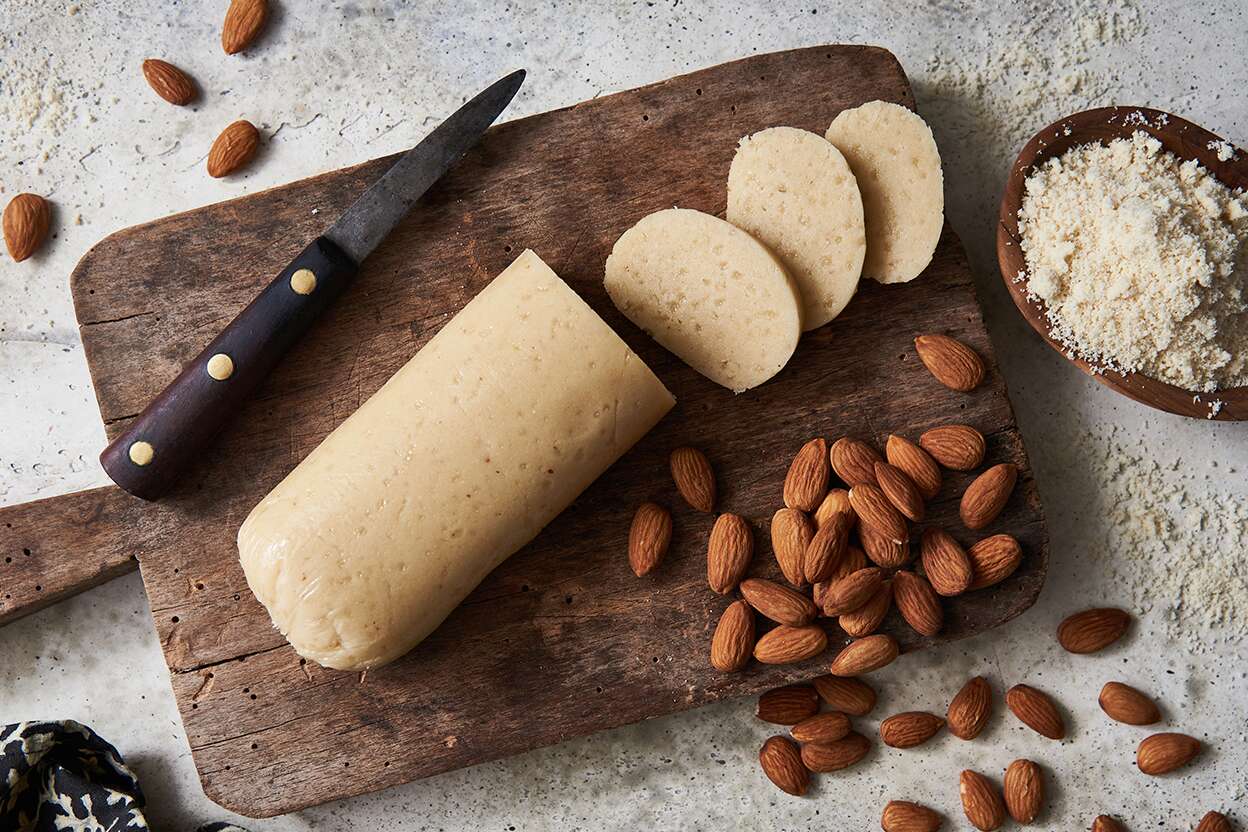
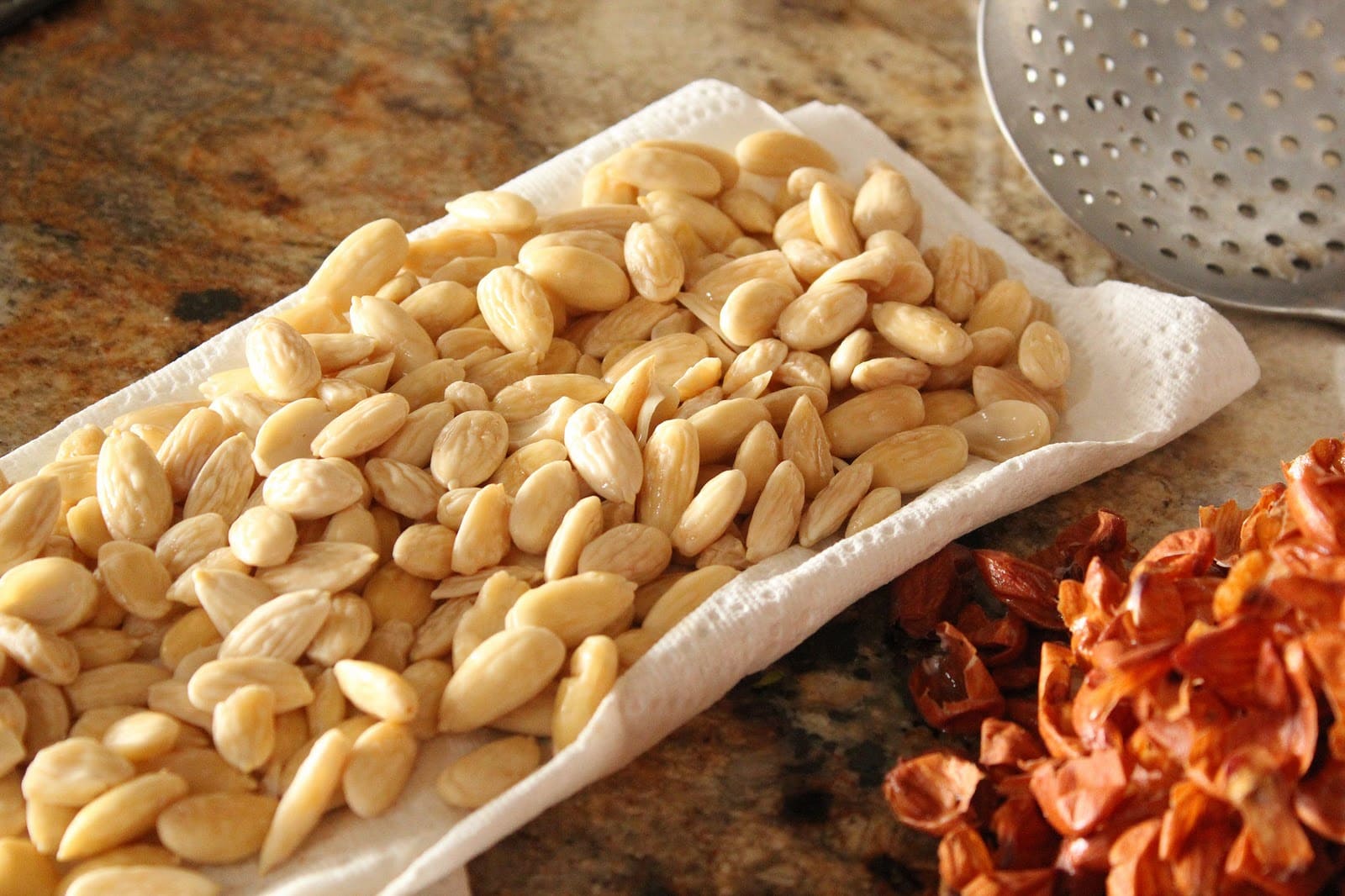
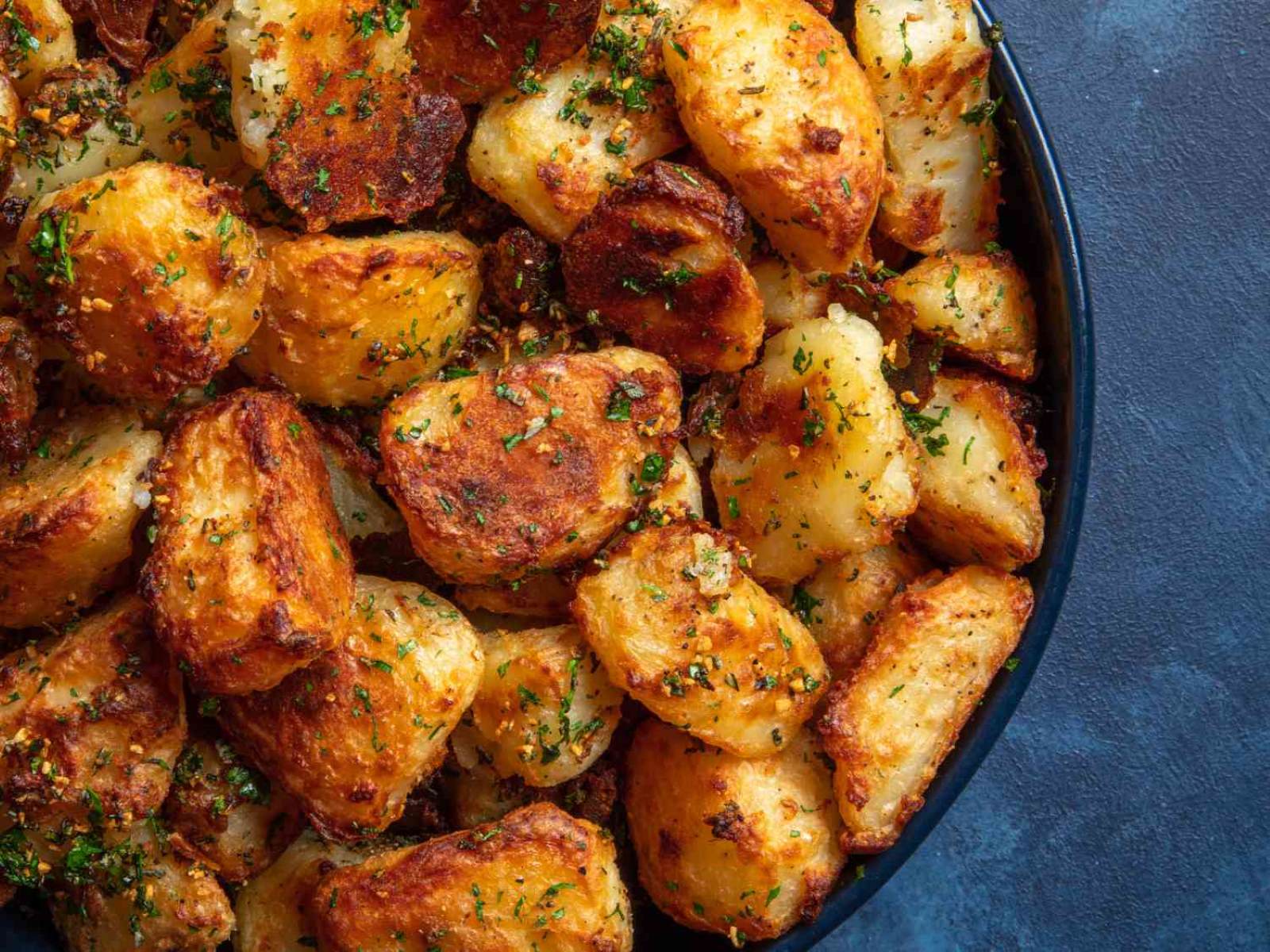


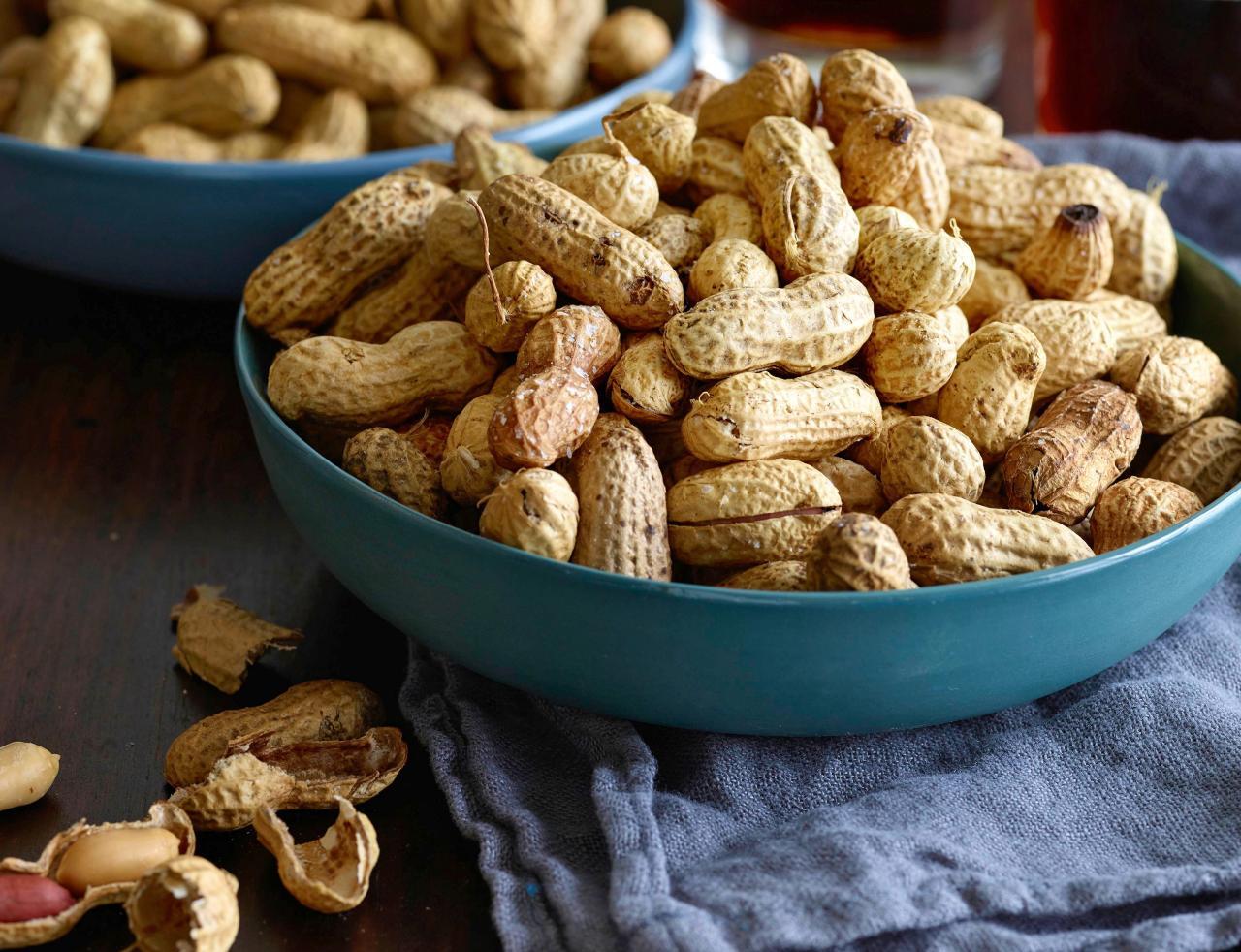
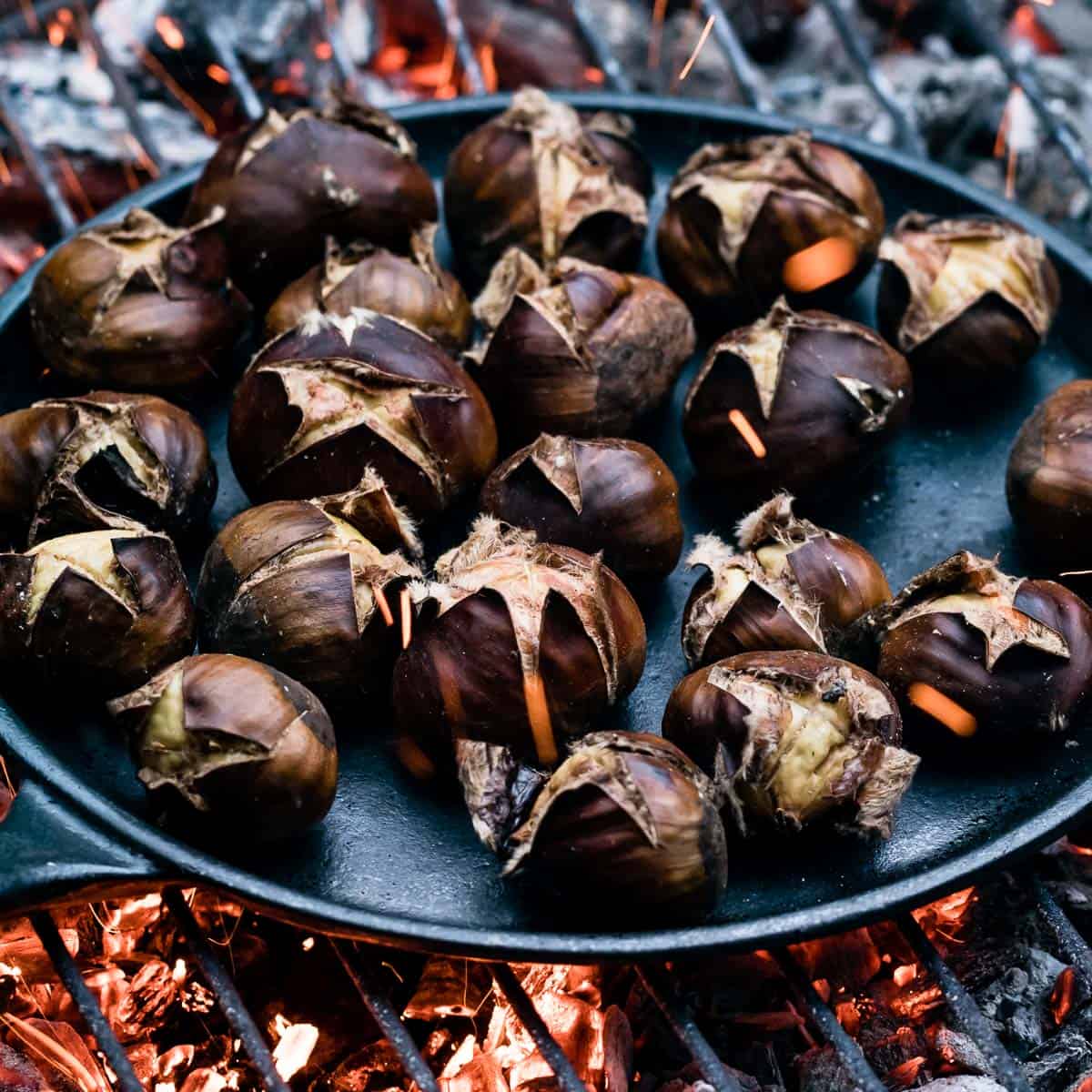


0 thoughts on “How To Store Roasted Almonds”